Introduction
Dear friends and colleagues.
In this third ‘Journal Watch’ Newsletter Dr Alex Manara has identified seven recent publications in deceased organ donation of special interest to the donation community.
Once again there are a wide range of articles in this edition of the Newsletter. The European survey on withdrawal of life-sustaining measures in traumatic brain injury demonstrates the variability in care this population receives. Other papers in this edition highlight transplant in professionally, ethically and legally challenging scenarios: COVID-19, HIV, in situ normothermic regional perfusion and euthanasia. Alex has also chosen a USA paper which surveyed healthcare professional knowledge and attitudes toward the American Academy of Neurology’s procedural criteria for diagnosing death using neurological criteria, and a Canadian study examining the experiences of donor coordinators working with families who vetoed an individual’s decision to donate their organs.
Looking forward, we hope to have the fourth edition of the Journal Watch available in December. That will mark the conclusion of this inaugural year of NHS Blood and Transplant curating and producing the newsletter. It is now the time for us to hand over.
Which nation or jurisdiction will continue this initiative in 2022?
Reach out if you are interested or would like to discuss: dale.gardiner@nhsbt.nhs.uk.
Thank you, Alex, for bringing these papers to the attention of the worldwide donation community. We commend them to you.
Anthony Clarkson
(Director Organ and Tissue Donation and Transplantation, UK; Council Member, ISODP)
Dale Gardiner (Associate Medical Director – Deceased Organ Donation, UK)

van Veen E, van der Jagt M,
Citerio et al.
Occurrence and timing of withdrawal of life-sustaining measures in traumatic brain injury patients: a CENTER-TBI study.
Intensive Care Medicine August 2021; doi: 10.1007/s00134-021-06484-1 While decisions to withdraw life sustaining treatments (WLST) in patients receiving intensive care are always made in the patient’s best interests and independent of any consideration for organ donation, these decisions are in effect the first step of controlled donation after circulatory determination of death (cDCD) pathways. Once a decision to WLST is reached, and the family accept the futility of the clinical situation then consideration and facilitation of cDCD can proceed. The frequency of making these decisions in ICU and their timing will influence the potential for cDCD.
This large multicentre study of 2022 adult patients with severe traumatic brain injury (TBI) describes the frequency and timing of WLST decisions in European ICUs. The mortality of the patients was 13%, with 86% of deaths following a decision to WLST. The frequency of the decisions varied significantly from 0% in some Eastern European countries to 96% in parts of Northern Europe. The decision was reached early (<72 hours) in half of those dying following the WLST but unlike the frequency of WLST decisions, the timing of the decision did not vary by region or ICU. Early WLST was more likely if one or both pupils were not reacting to light and the Injury Severity Score was over 41 points. The authors conclude that whether WLST is always appropriate or may contribute to a self-fulfilling prophecy requires further research and argues for caution in instituting WLST early in case of any doubt on prognosis. The authors also recognise that slowing the decision to WLST not only improves prognostication but may also increase the number of organ donors, particularly donation after brain death (DBD).
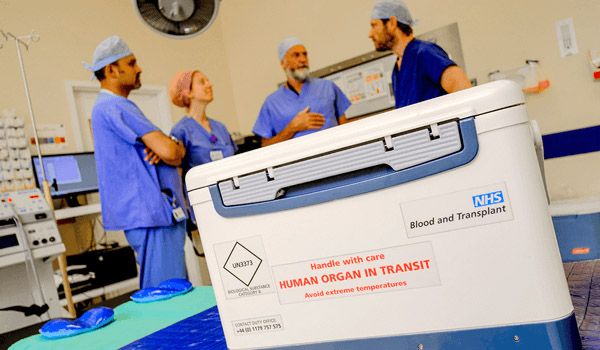
Van Pilsum Rasmussen SE, Seaman S, Johnson MA et al.
Patients’ experiences with HIV-positive to HIV-positive organ transplantation.
Transplantation Direct 2021;00: e00; doi: 10.1097/TXD.0000000000001197.
An interesting study from the perspective of HIV positive recipients who received organs recovered from HIV positive donors. Twenty-two recipients were interviewed within 3 weeks of transplantation and again after at least 3 months post transplantation. Patients were all participating in a trial evaluating HIV positive donors to HIV positive recipients. The patients generally felt that the perceived benefits outweighed the perceived clinical and social risks. They were also positive about the consent process and the trial itself. The recipients did express concerns about stigma and the need for privacy. They also questioned whether HIV positive transplant candidates could receive an organ from donors without HIV. If the benefits of HIV positive donor organs to HIV positive recipients are shown to outweigh the risks, the authors suggest that targeted education for HIV+ transplant candidates regarding available treatment options and for transplant teams regarding privacy and stigma concerns would be beneficial.
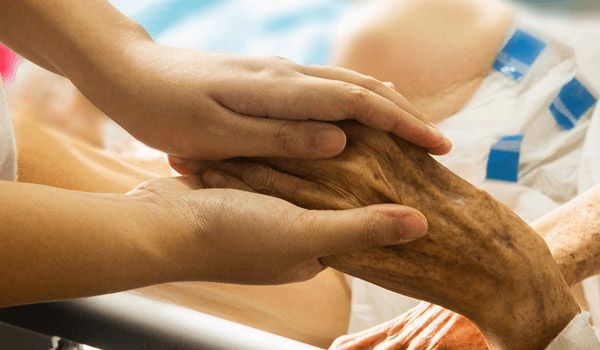
Tajaâte N, van Dijk N, Pragt E
et al.
Organ donation after euthanasia starting at home in a patient with multiple system atrophy.
BMC Medical Ethics 22(1): September 2021; doi: 10.1186/s12910-021-00686-4
Organ donation after euthanasia, known as medical assistance in dying (MAID) in Canada, is a controlled donation after circulatory determination of death (cDCD) that is practiced in a few countries which have both legislation permitting euthanasia as well as having further legislation or professional guidance which allows for cDCD after euthanasia. Currently this is restricted to the Netherlands, Belgium and Canada, although other jurisdictions are likely to implement legislation in the future. In these circumstances euthanasia is usually undertaken in the operating theatre suite, and organ recovery commences after a mandatory 5 minute no touch observation time. The requirement to die in hospital rather than at home is often seen as a barrier by individuals choosing to have euthanasia. This paper presents a case in the Netherlands where the patient was anaesthetised and intubated at home before being transported to the hospital for euthanasia followed by cDCD. This allowed the patient, a health-care professional, to be with his family at home until the point of loss of consciousness. Also, in accordance with his expressed wishes euthanasia was undertaken in the operating department after transport to hospital, to limit warm ischaemic damage to the audience. The authors discuss the medical, legal and ethical considerations that arise in such a case. They describe what is medically possible, legally acceptable (in the Netherlands) and the ethical justifications for the procedure based on the principles of autonomy, beneficence, non-maleficence and justice.
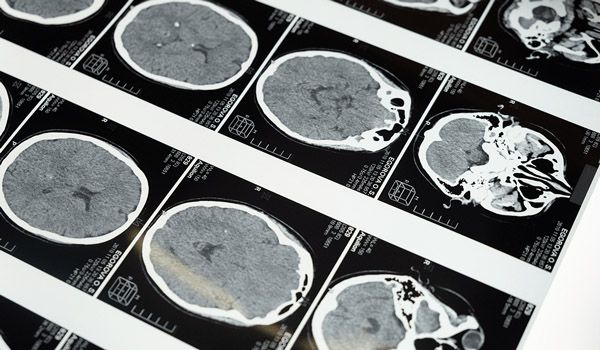
American College of Physicians.
Ethics, Determination of Death, and Organ Transplantation in Normothermic Regional Perfusion (NRP) with Controlled Donation after Circulatory Determination of Death (cDCD):
An anonymous statement approved by the Board of Regents of the American College of Physicians questioning the ethics of in situ normothermic regional perfusion (NRP) during recovery of organs for transplantation in donation after the circulatory determination of death. The concerns are primarily focused on, but not limited to, thoraco-abdominal NRP. The statement questions whether these techniques breach the dead donor rule. One of the concerns appears to be a legal one: restarting the heart after declaration of death on the basis of irreversible cessation of circulatory and respiratory functions. The ethical concerns raised in the statement revolve primarily around the claim that the surgical team might be the cause of the patient’s death by inducing brain death via their actions to exclude the cerebral circulation with clamps or balloons before starting NRP; and also denying the patient the possibility of resuscitation by so doing. It also concerns the honesty and transparency of the process. They also highlight the importance of the use of trained facilitators separate from the donor’s and recipient’s care teams in discussions with donor families and recipients, and of informed consent. Finally, the authors make the point that there is a difference between perfusing an organ and perfusing an individual, and that ex situ perfusion removes all these ethical issues. While some of the arguments relate to legal definitions of death which vary between jurisdictions and are not applicable everywhere, it is important that all involved in NRP are aware of these concerns and can justify their actions ethically as well as legally.
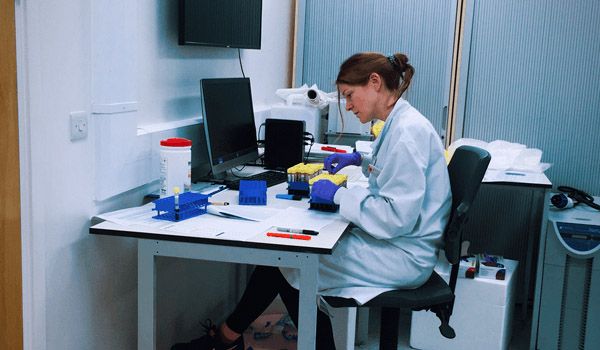
Weiss MJ, Hornby L,
Foroutan F et al.
Clinical practice guidelines for solid organ transplantation during the Covid-19 pandemic: screening of potential organ donors and solid organ transplant recipients and management of solid organ transplant recipients and individuals awaiting transplantation.
Transplantation Direct 2021; 7(10): e755. doi: 10.1097/TXD.0000000000001199
A literature review to develop evidence based clinical practice recommendations undertaken by Canadian Blood Services, the Canadian Donation and Transplantation Research Program, the Canadian Society of Transplantation, and the Peter Morris Centre for Evidence in Transplantation using a rapid response approach.
The aim was to generate recommendations regarding (1) severe acute respiratory syndrome coronavirus 2 (SARS-CoV-2) screening methods of potential deceased organ donors and (2) treatment and protection of transplant recipients and patients awaiting transplantation. This article describes the methods used in the study and provides a summary of recommendations.
Currently, there is a paucity of high-quality evidence to guide decisions around deceased donation assessments and the management of transplant recipients and patients on the transplant waitlist. Inclusion of these populations in clinical trials of therapeutic interventions, including vaccine candidates, is essential to guide best practices.
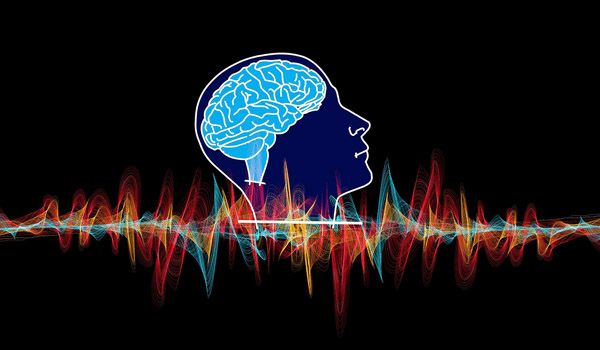
Chatterjee K, Rady MY, Verheijde JL, Butterfield RJ.
A framework for revisiting brain death: evaluating awareness and attitudes toward the neuroscientific and ethical debate around the American Academy of Neurology brain death criteria.
Journal of Intensive Care Medicine 2021; 36: 1149–1166. doi: 10.1177/0885066620985827
A survey of healthcare professional’s knowledge, from a broad range of disciplines, of the American Academy of Neurology’s procedural criteria for diagnosing death using neurological criteria, their attitudes as to whether these criteria determine the complete, irreversible cessation of brain function, and on what concept of death they base the equivalence of brain death to biological death. Their knowledge and attitudes were assessed before and after a 30-minute educational video. The response rate was low with only 13% of the 928 professionals contacted responding to the initial survey and just 7% responding to the survey after the video, so the results must be interpreted with caution. Approximately 30% of respondents were medically qualified. Based on the results the authors conclude that there is consistent support that the Academy’s criteria represent best clinical practice, but also show a tenuous belief that these criteria determine irreversible and complete loss of all brain function. They also conclude that participants demonstrated confusion over whether the loss of consciousness and spontaneous breath are truly sufficient to confirm death.

Anthony SJ, Lin J, Pol SJ
et al.
Family veto in organ donation: the experiences of Organ and Tissue Donation Coordinators in Ontario.
Canadian Journal of Anesthesia 2021; 68: 611–621
Families overriding an individual’s registered decision to donate their organs after death can create ethical and possibly legal conflicts. This study examined the experiences of donor coordinators in Ontario working with families who vetoed an individual’s decision to donate. Using qualitative analysis four themes about family veto emerged: 1) the significance of the donor coordinator’s role, 2) emotional distress and the ‘‘understandable’’ family veto, 3) barriers contributing to family veto, and 4) strategies towards a culture of organ donation. The importance of patient advocacy and revealing the emotional distress of experiencing family veto by the donor coordinator was highlighted. Donor coordinators identified timing and healthcare providers’ perceived ambivalence toward organ donation as critical barriers to family consent. Value-positive language, role reframing, and increased education were offered as strategies to address these barriers and reduce family veto.
Social
Contact
Address
International Society for Organ
Donation Professionals
c/o The Transplantation Society
740 Notre-Dame Ouest
Suite 1245
Montréal, QC, H3C 3X6
Canada



